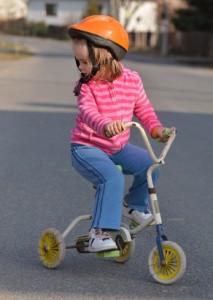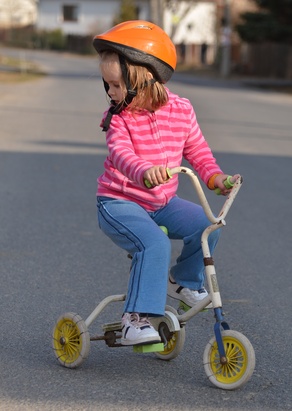 One of my pupils started cycling to work after a long period of not having been on
One of my pupils started cycling to work after a long period of not having been on
a bike. He found his Alexander Technique thinking really helped him and has now gone cycling
mad. He not only cycles to work, he also does regular 60km bike rides up and down hills and enjoys
it! Here are his observations:
Cycling is a good way to use the Alexander Technique, especially as some of the body positions that
modern cycles can lead to are not good for us. A lot of cyclists complain of aching shoulders and
arms because they lean forward on the handlebars and absorb a lot of road bumps through their
arms and shoulders, leading to discomfort. Being a long-time student of the Technique, I purchased
an adjustable handlebar stem which lifted the bars and moved them slightly backwards. This tilted
my body into a much more comfortable seating position, one which led to a softening of the
shoulders and arms and a disappearance of the related aches and pains.
Any increase in wind resistance is negligible, especially in city riding. Thinking of the body as
pivoting at the hips. A cyclist, while thinking upwards, can adopt a more comfortable riding
position and just have the hands lightly resting on the bars, alleviating tension in the arms,
shoulders and neck.
A lot of cyclists get cross at having to stop at red lights and frequently jump them, causing danger to
themselves, pedestrians and drivers. The student of the Alexander Technique, however, can
welcome the stop as a change to straighten and relax the neck and spine. You can also think about
the width across your back which can aid breathing.
The thing about cycling is that you will always arrive at your destination within a minute or two of
your expected time unless, of course, you get a puncture. Thus, the Alexander Technique can help
avoid “end-gaining”. The cyclist need not bother looking at his watch constantly, jumping red
lights or racing at breakneck speed all the time because the rider should learn that trying to get there
as quickly as possibly will be futile, as well as dangerous, especially in built-up areas.
I frequently see other riders arriving at work looking stressed and exhausted, instead of relaxed and
cheerful, which is what exercise, when carried out properly, should do for you.


